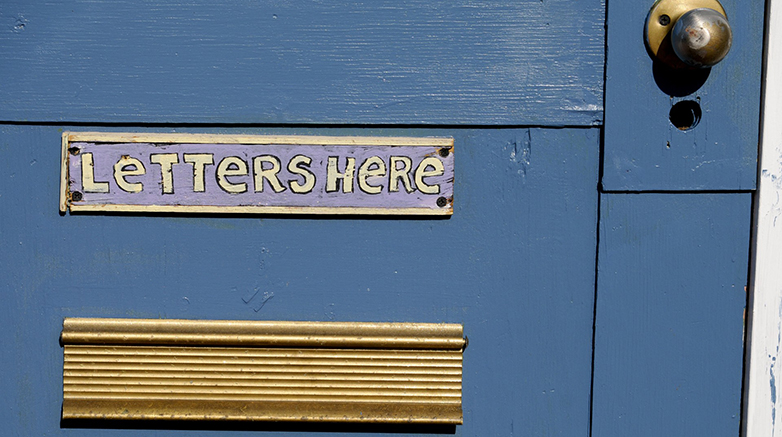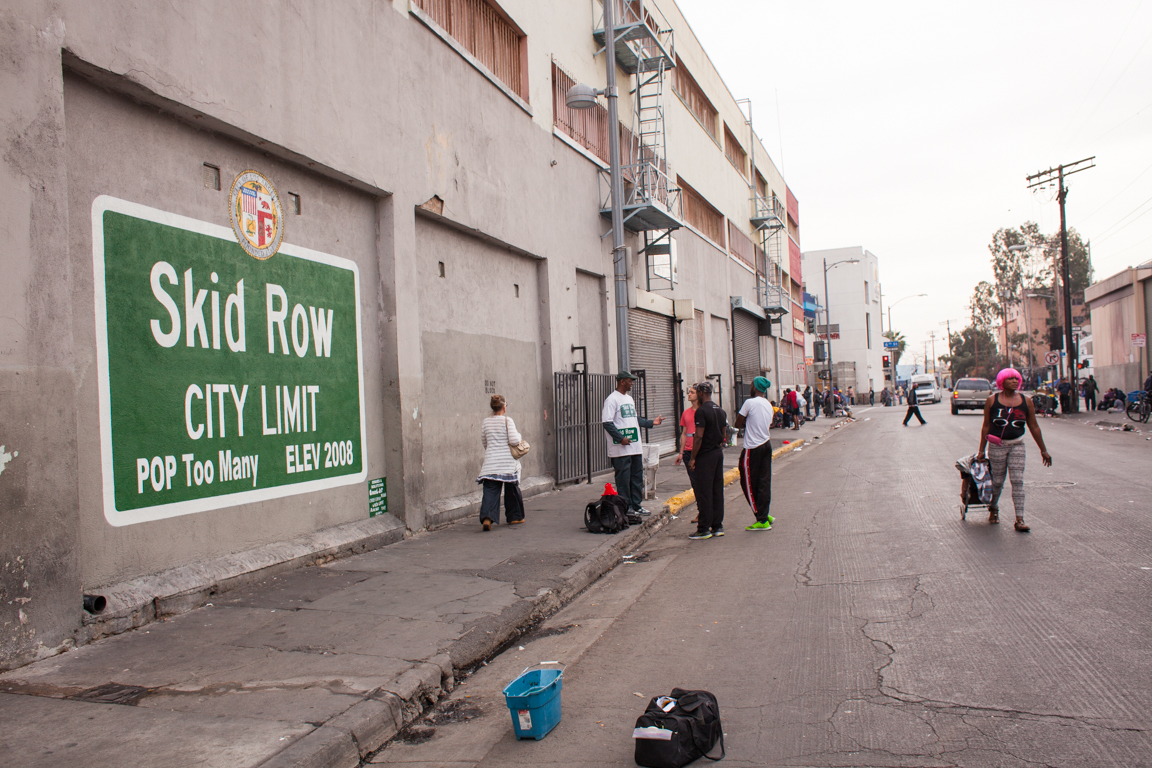I’m a long term Culver City resident concerned about the impending increase in our traffic if the Entrada Tower were built.
At first glance, the Sepulveda Corridor might be expected to carry the brunt of the increase. But, I believe the problem is more extensive in scope and insidious in its impact on our lives.
Just how great would the traffic increase be?
The 2004 Culver City traffic survey showed about 61,000 to 70,000 cars/day on Sepulveda Boulevard, mostly during “rush” hours.
Note that this was before Symantec came on line.
Entrada would include about 1000 parking spaces for clients, and assuming 80 percent occupancy, about 800 of these would be used. That means 2 trips per day commuting, and, if half them go out for lunch, another 800 trips per day. Add in 2 trips per visitor, assume two visitors per day for each commuter, and we get about 5600 additional trips per day for the project as a whole. Note that medical office leases could bump up this estimate.
Since Entrada is proposed as a speculative project, a definitive estimate cannot be made today. We just don’t know who’s going to be there. And, even in the beginning, not all these cars would try to use Sepulveda Boulevard.
Fifty-six hundred more cars per day doesn’t sound like much compared to 70,000 cars/day now does it? But, it’s going to be tough to fit them in. Today, we can’t rush during rush hour in the Sepulveda Corridor; we’re forced to dawdle because the Great Sepulveda Parking Lot is largely filled to capacity during “rush” hour.
Of course, much more traffic on Sepulveda won’t happen. Experience shows that when main arteries become congested, drivers seek alternative routes. We can see this process in action today as frustrated commuters adapt formerly quiet residential streets, e. g., Segrell, to their needs.
If Entrada were built, some of today’s main artery traffic would divert to side streets and alleys. Some of today’s side street and alley traffic would, in turn, be displaced further afield. Culver City’s complex street network is highly suitable to this kind of traffic pattern evolution.
The developer’s proposed traffic mitigation strategy is to re-stripe some local streets. For effectiveness, this is in the same class as rearranging the deck chairs on the Titanic.
The Entrada Environmental Impact Report (EIR) did not address regional response time degradation. It only asserted, without quantification, that impacts to emergency services at Entrada Towers would be less than significant. Since the rest of Culver City was considered unimportant, the EIR was silent on this point.
Thus, if built, Entrada would start a regional traffic rerouting cascade. Racing commuters would fill more of our residential streets with noise, pollution and hazards to small children. Greater than 40 percent of our greenhouse gas generation comes from cars and trucks. Only with Entrada, more of these would be released where we live.
Emergency vehicles responding during “rush” hours would be impeded, even more than today. Paramedics would be unable to reach critical patients in a timely way; Fire Dept. deployments would be delayed, etc. This would be true over the entire region, not just near the Sepulveda-Centinela intersection.
In the immortal words of one of our wannabe developers, we would all “be negatively impacted.”







